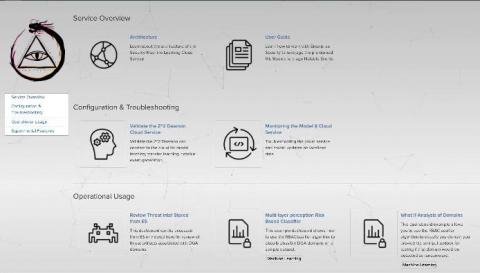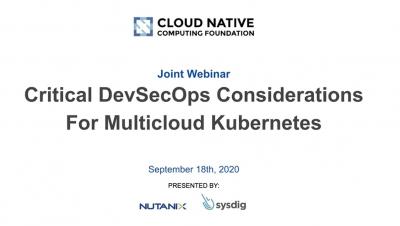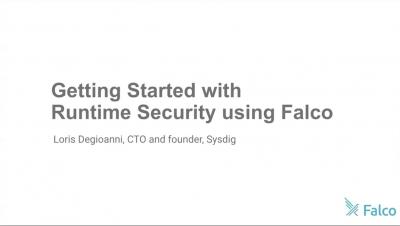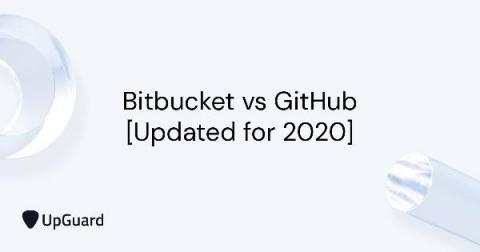Announcing Polaris support for GitHub Actions
Security and development teams are increasingly adopting DevOps methodologies. However, traditional security tools bolted onto the development process often cause friction, decrease velocity, and require time-consuming manual processes. Manual tools and legacy AppSec approaches limit security teams’ ability to deliver the timely and actionable security feedback needed to drive improvements at the pace of modern development.










